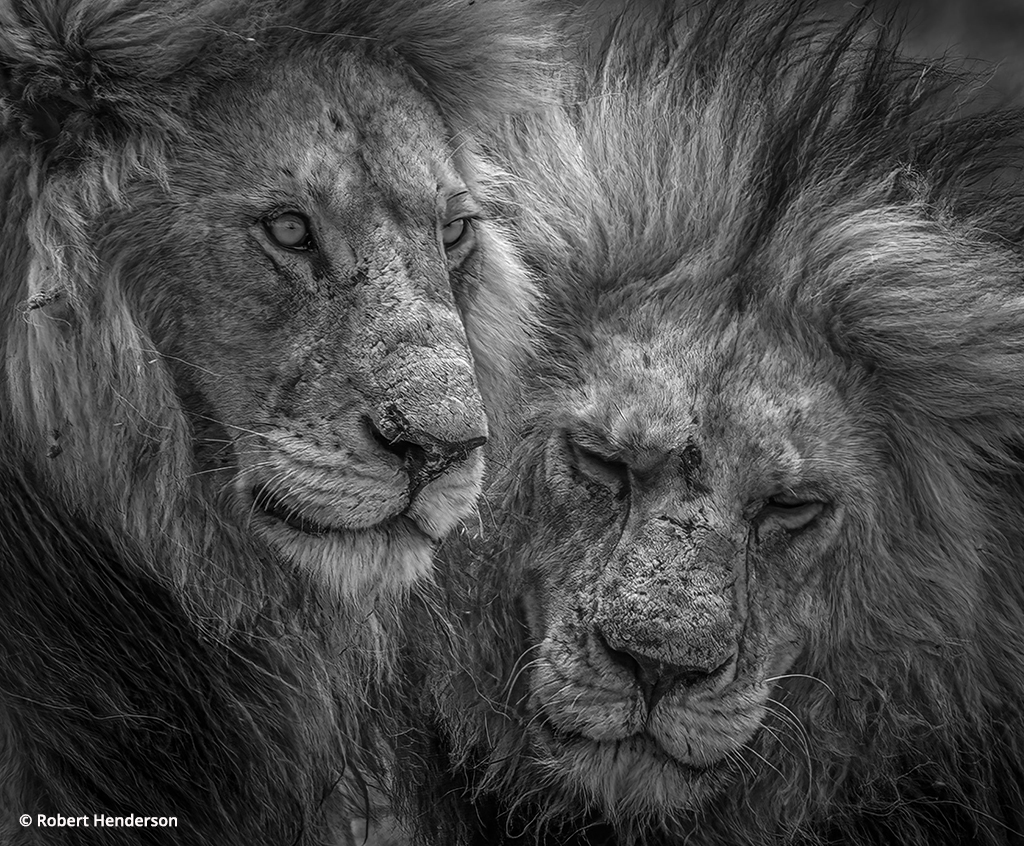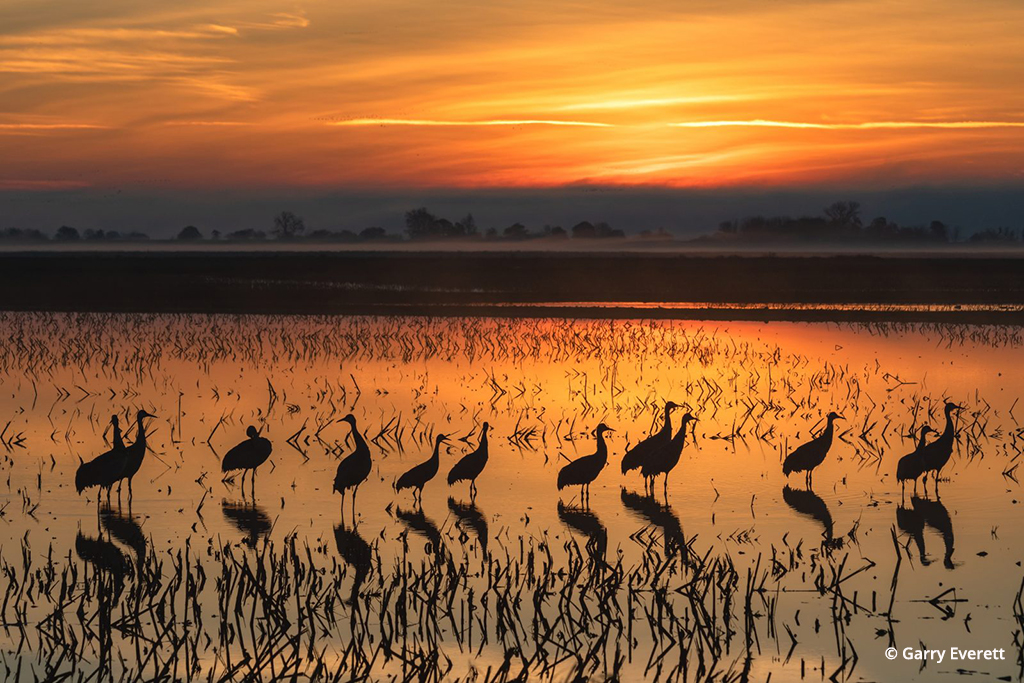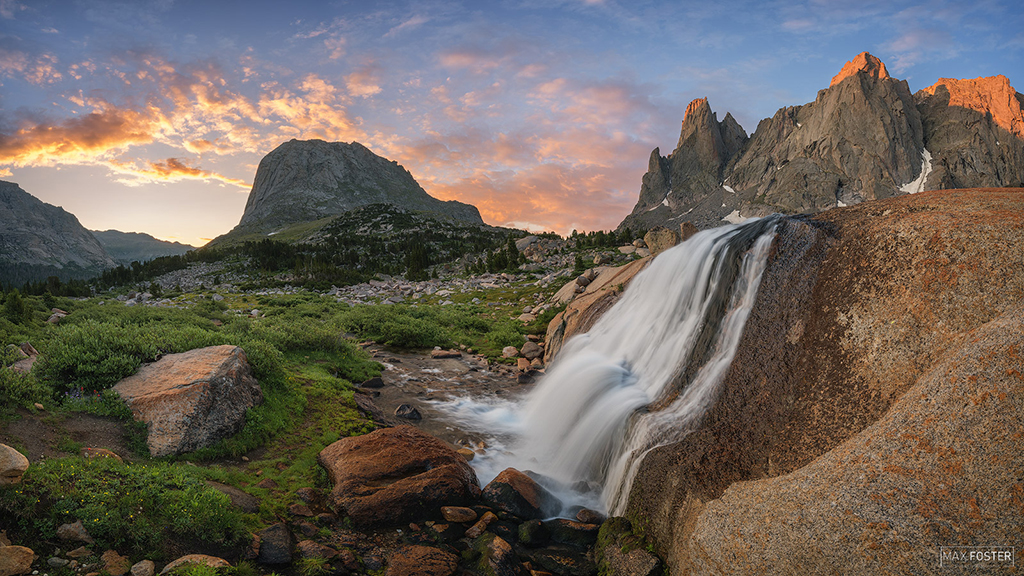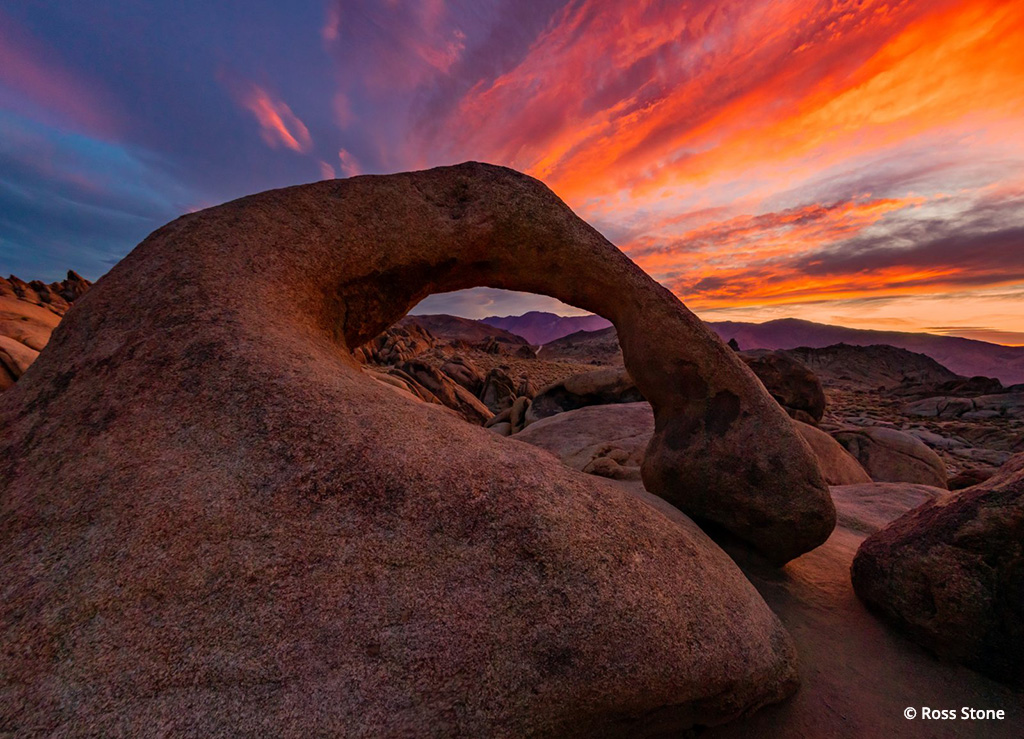Advertisement
Advertisement
Read Next

Photo Of The Day By Robert Henderson
Today’s Photo of the Day is...
Photo Of The Day By Garry Everett
Today’s Photo of the Day is...
Photo Of The Day By Max Foster
Today’s Photo of the Day is “The...
Photo Of The Day By Ross Stone
Today’s Photo of the Day is “Mobius...Advertisement


The Grand Canyon Monsoon
Grand Canyon, North Rim, Northern Arizona
The Grand Canyon Monsoon
Few locations are better suited to (relatively) safe lightning photography than the Grand Canyon. Each summer, a large portion of the Southwest United States is assaulted almost daily by thunderstorms. The Grand Canyon is in the heart of this activity—even if lightning isn’t happening where you are, there’s a pretty good chance that a thunderstorm will be visible somewhere from one of the Grand Canyon’s expansive vistas.
The onset of the monsoon season ranges from mid-June to early July; it typically lasts through August, and sometimes as late as mid-September. Any time in this window can work, but your best chances for lightning will come mid-July through August.
Some days the monsoon thunderstorms rage all day and into the night, but more typical are days that dawn relatively clear, with clouds building as the sun heats the air. Usually by late morning or early afternoon the skies are blooming with dark, cumulus pillows.
Grand Canyon Locations
With just a couple of exceptions, my greatest Grand Canyon lightning success has come when I’ve been on the rim opposite the lightning activity. It’s safer, and because distant lightning can be photographed from far more locations, I get more composition flexibility.
Despite being separated by fewer than 20 straight-line miles, the differences between photographing the Grand Canyon’s North and South Rims are significant. The South Rim has broader vistas and more easily accessible locations from which to choose. Cell phone connectivity, while far from perfect, is much more widespread and reliable on the South Rim.
The North Rim has far fewer people, a predominantly southward view (the direction from which the thunderstorms often travel), and nice views of the Vermillion Cliffs and the canyon’s East Rim that aren’t possible from the South Rim. And for those looking for something unique, the North Rim also has lots more infrequently photographed locations. Cell connectivity is limited to the Grand Canyon Lodge, and only for certain carriers.
Given the four hour drive from rim to rim, and weather forecasts that really aren’t granular enough to determine which rim will be better on any given day, on any given day it’s best to pick a rim and stick with it. When I split a multi-day visit between rims, I try to time the rim-to-rim drive for early morning, usually right after sunrise, before the storms have a chance to form. Early morning is usually the best time to scout locations, always a good idea before trying to photograph there.
South Rim (From West to East)
All South Rim views are north, plus west and/or east.
North Rim
Most North Rim views are predominantly unidirectional (south, east or west), with an occasional secondary direction.
Appreciate
North Rim or South Rim, rain or shine, night or day, the Grand Canyon is a natural masterpiece, an unmatched cross-section of nearly two billion years of Earth history at your feet. Witnessing the millisecond lifespan of a lighting bolt above a landscape that took billions of years to form is a life-shaping experience. Each time you stand on the rim, do yourself a favor and forget your photography long enough to appreciate the oceans and deserts preserved in each layer, the relentless force of wind and water that revealed them, and your good fortune to be able to take it all in.
You can see Gary Hart’s full “Shooting The Monsoon” article here.